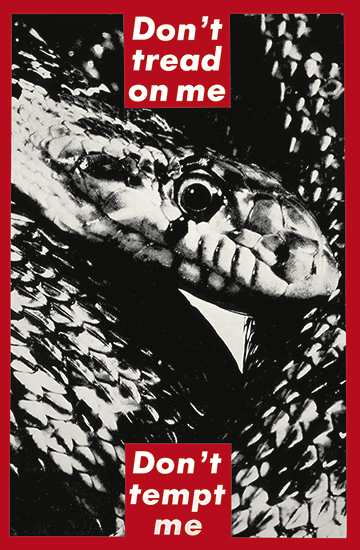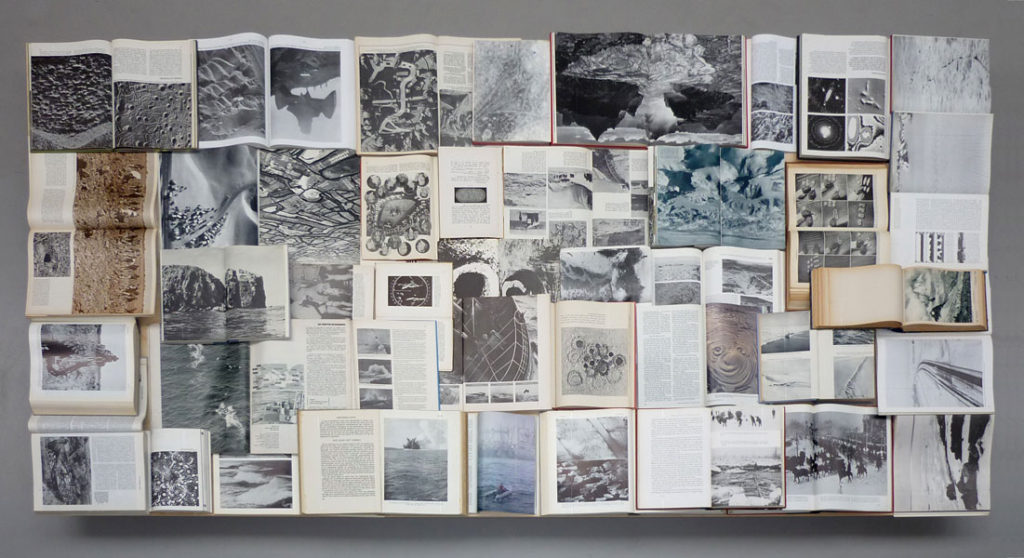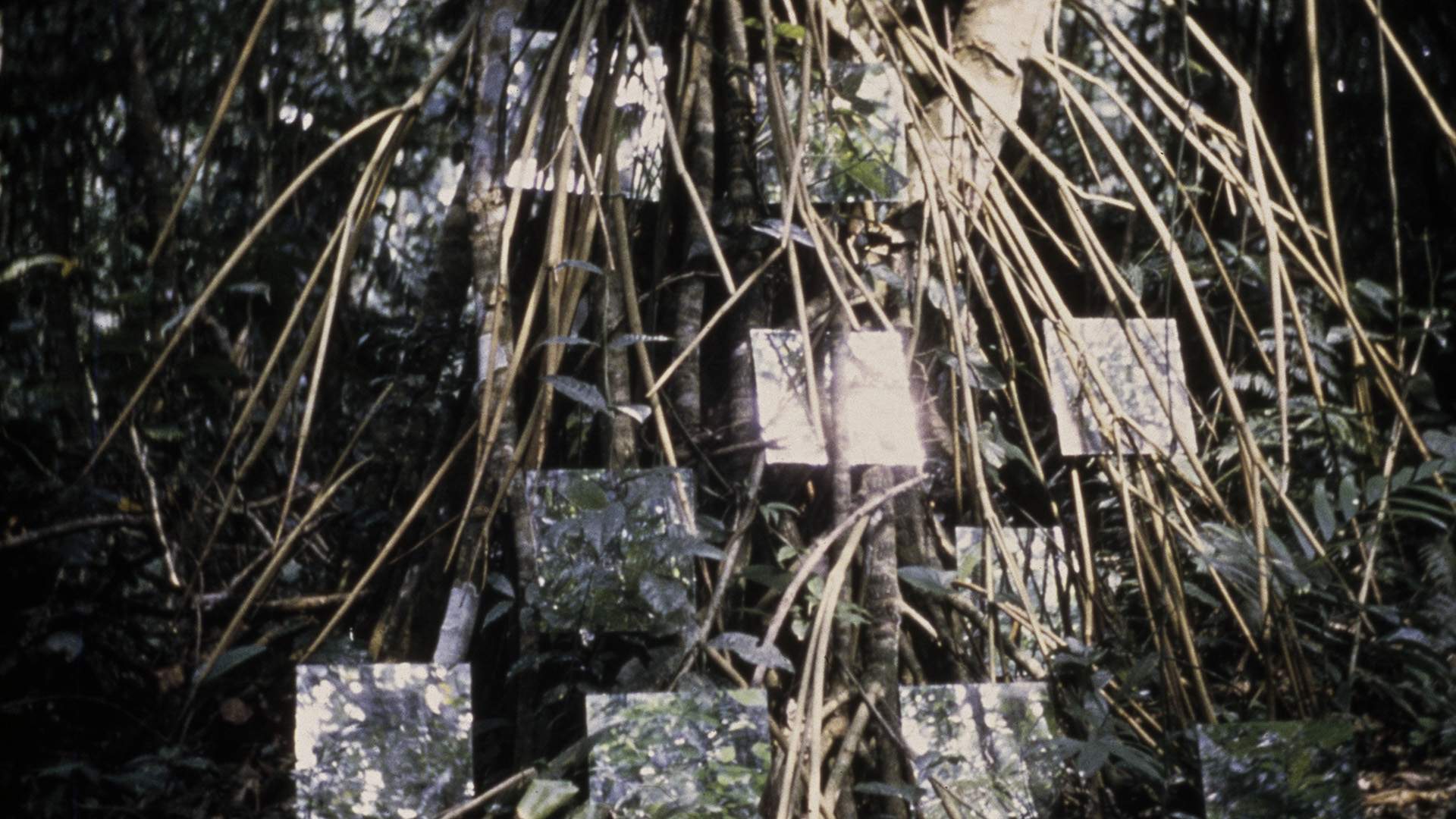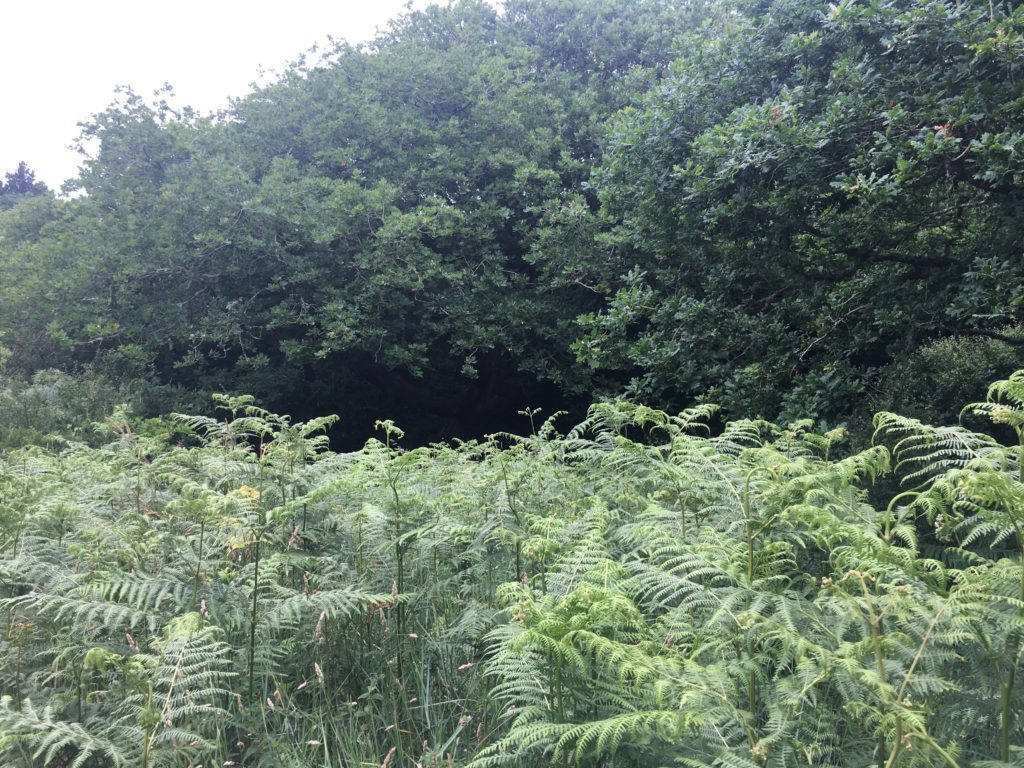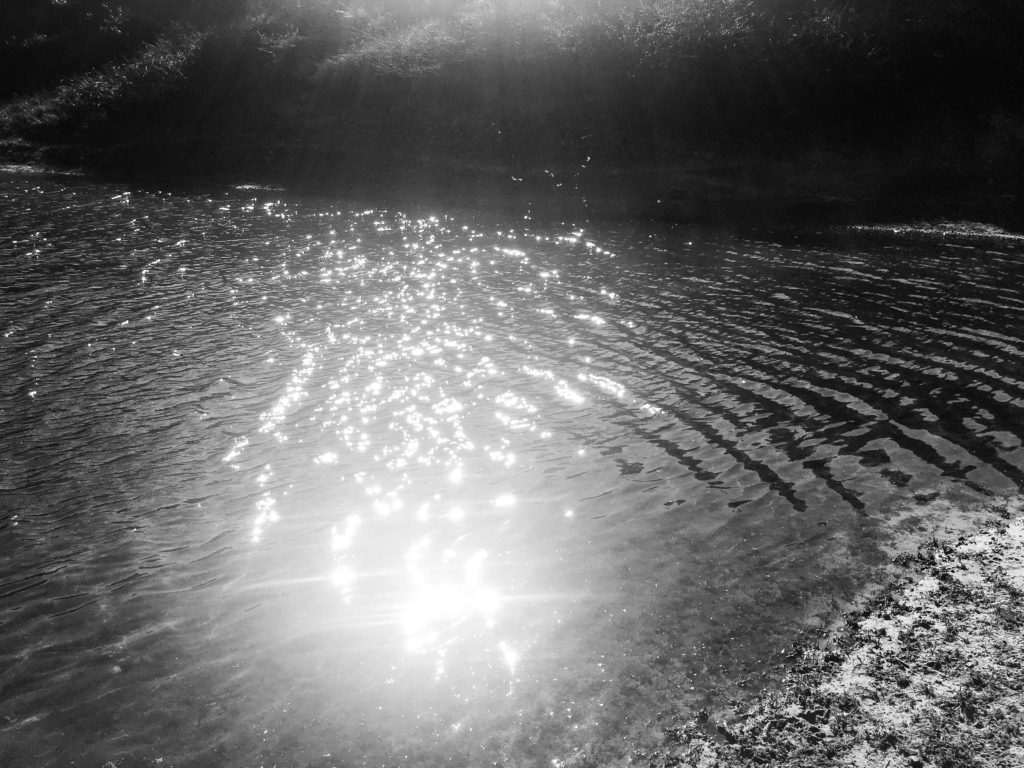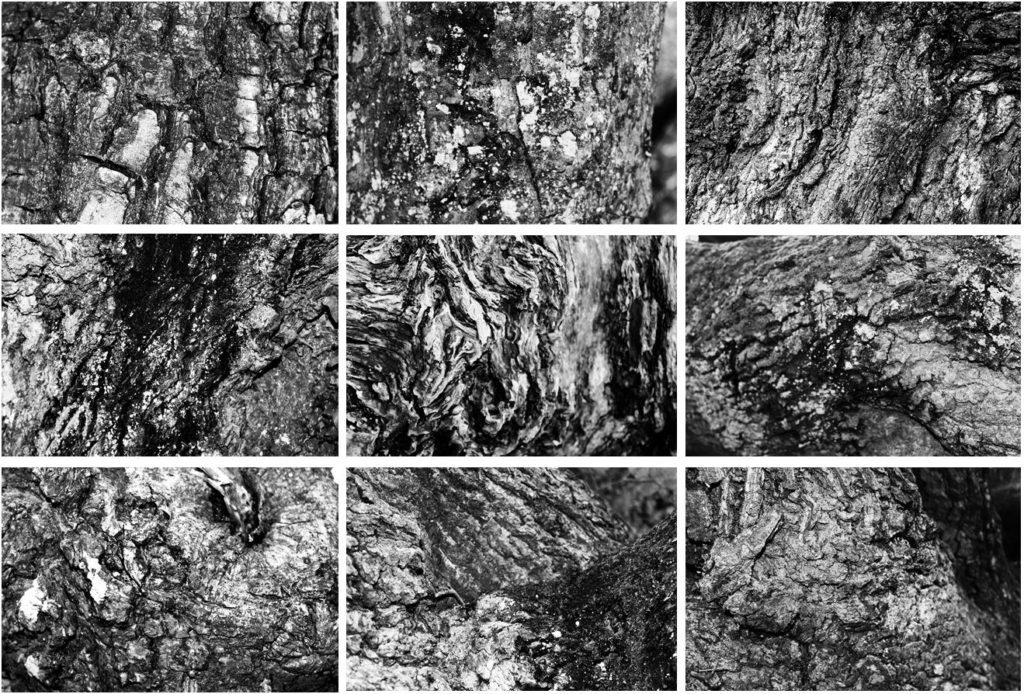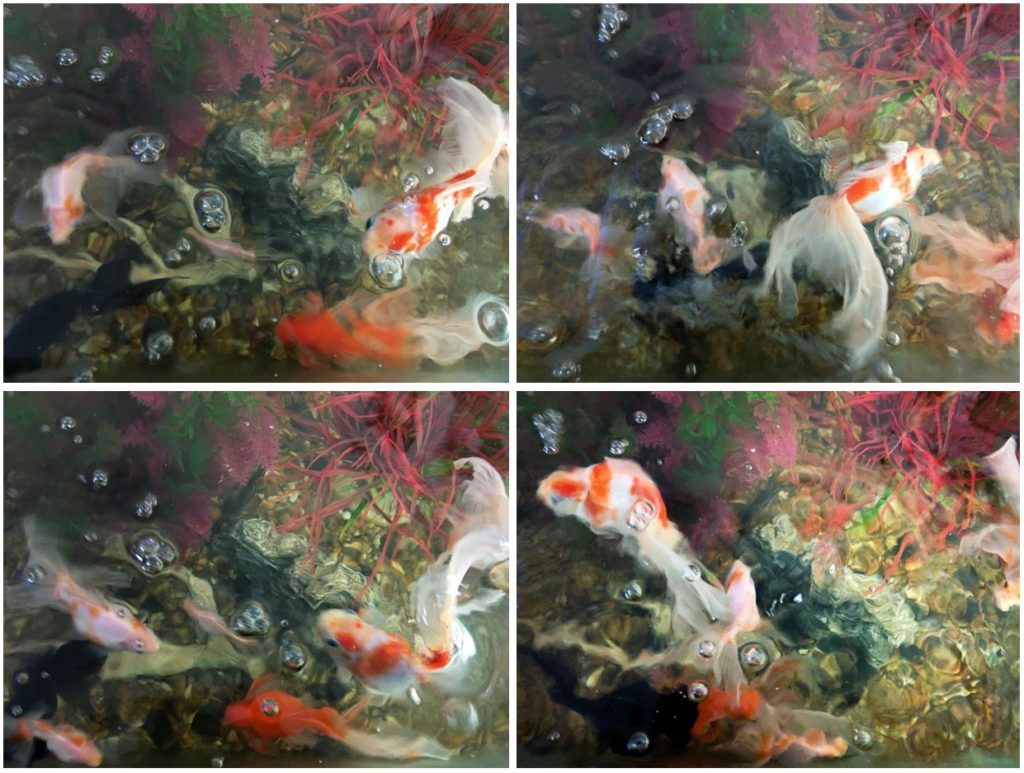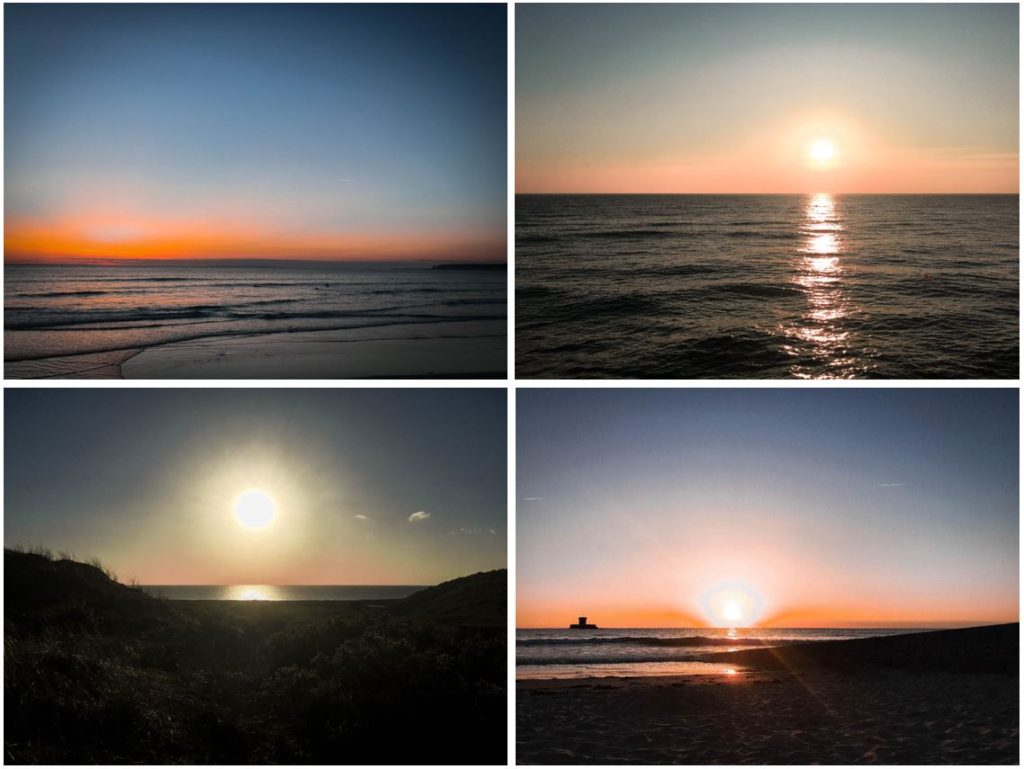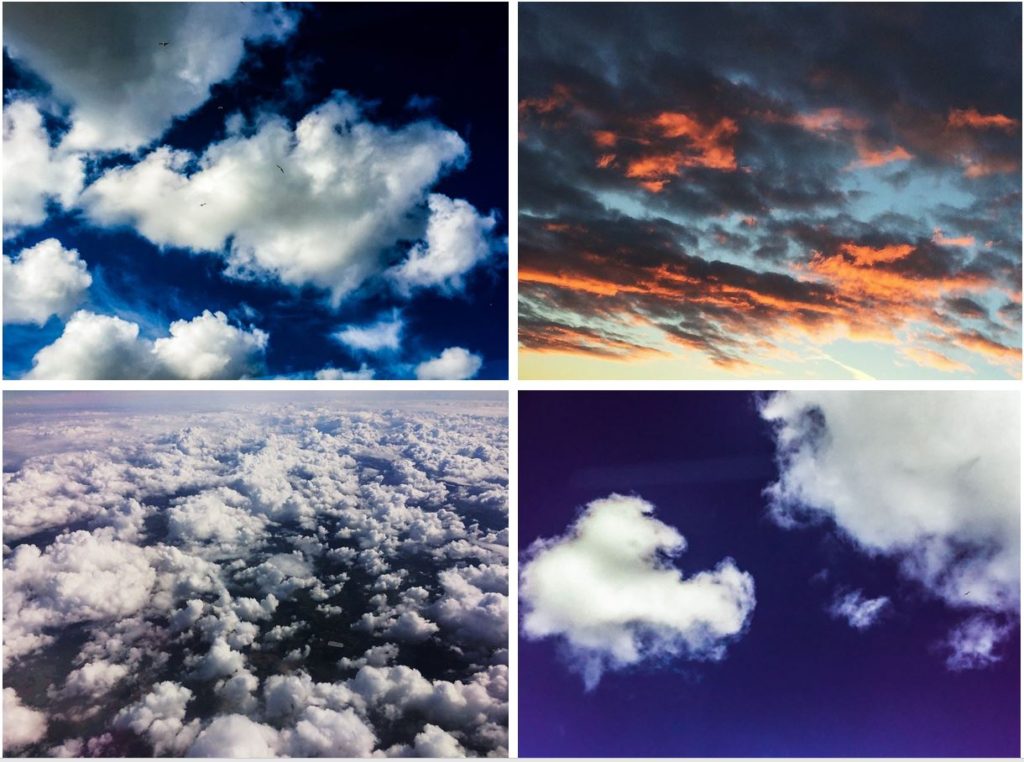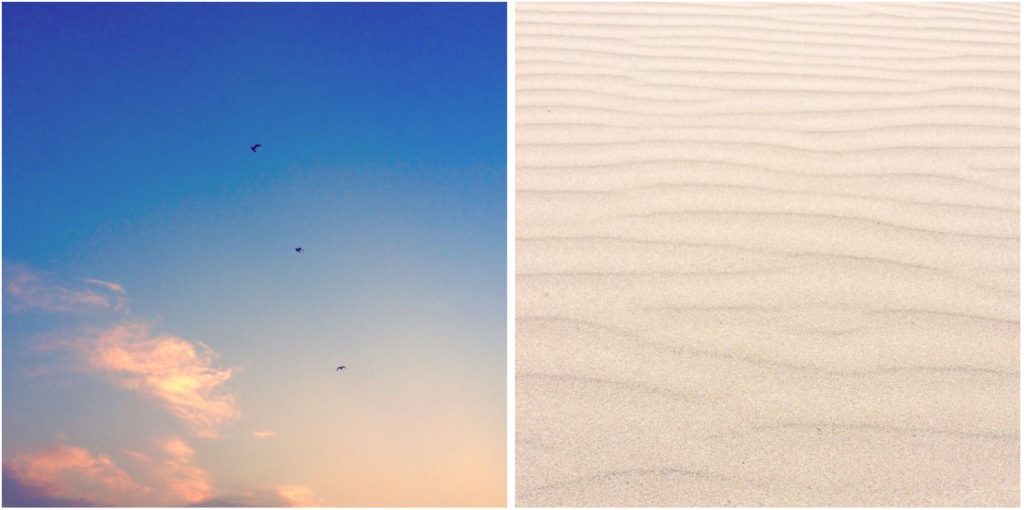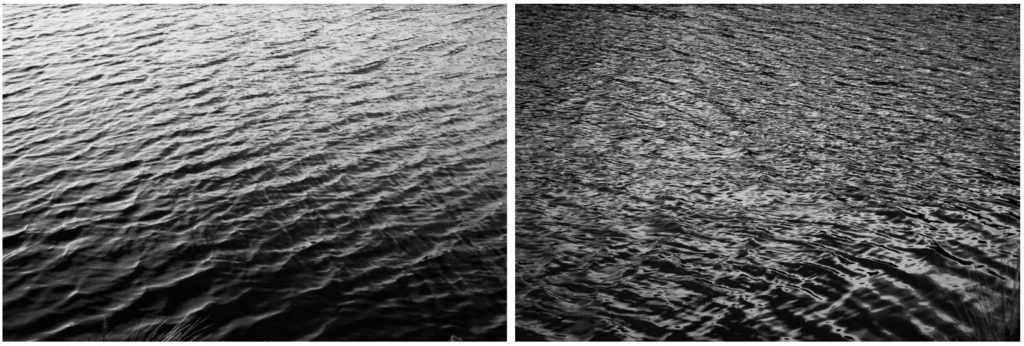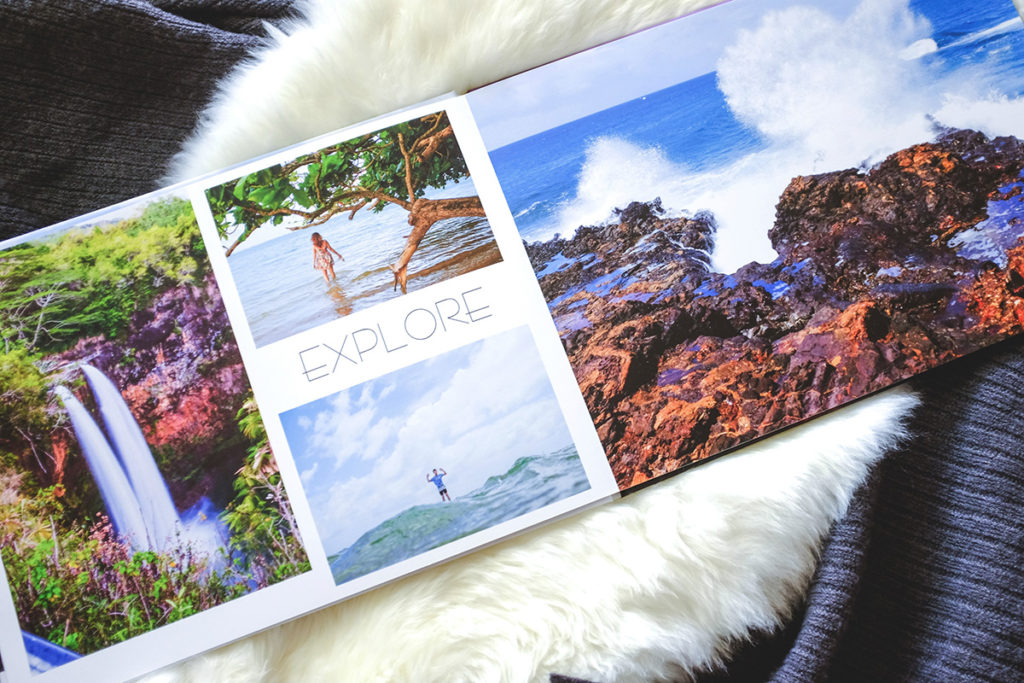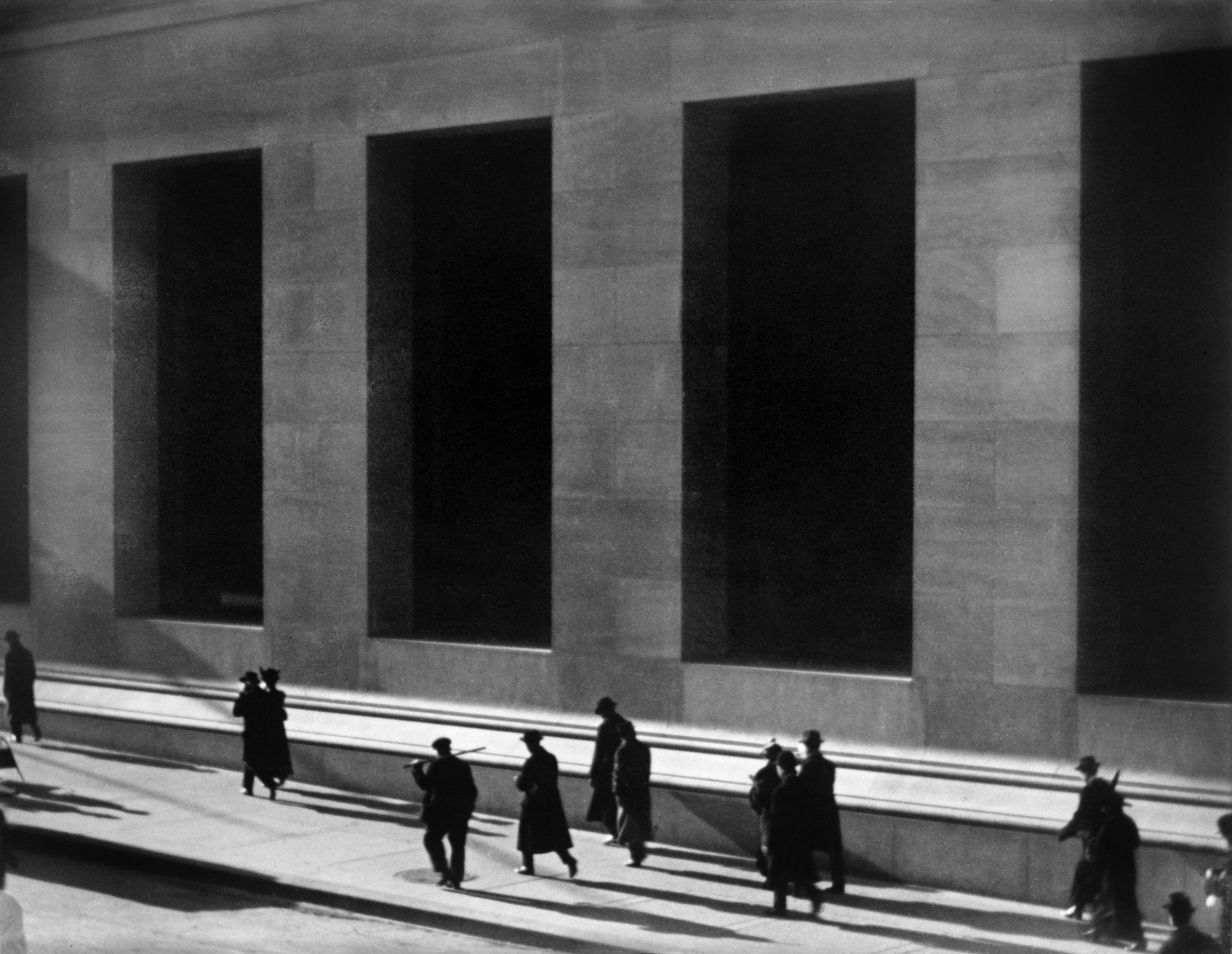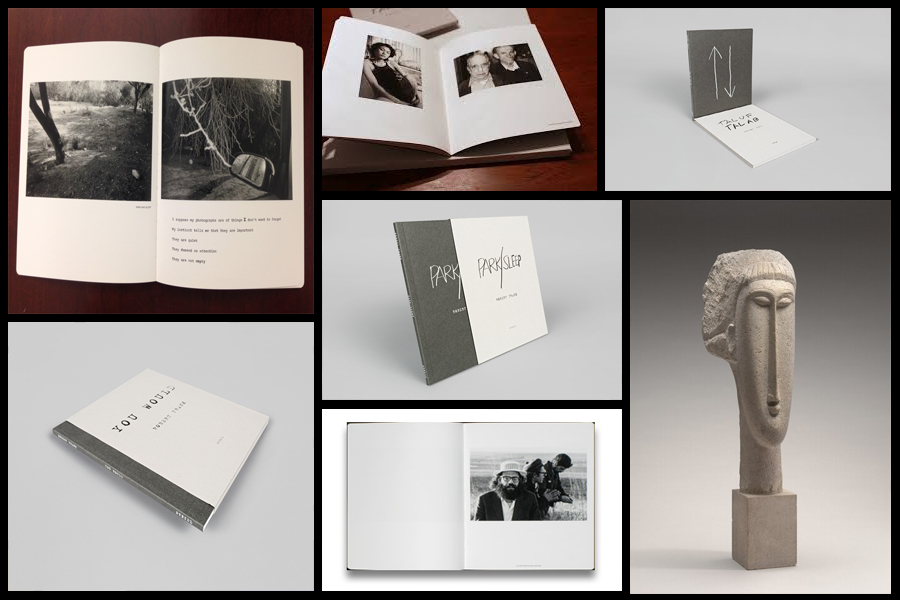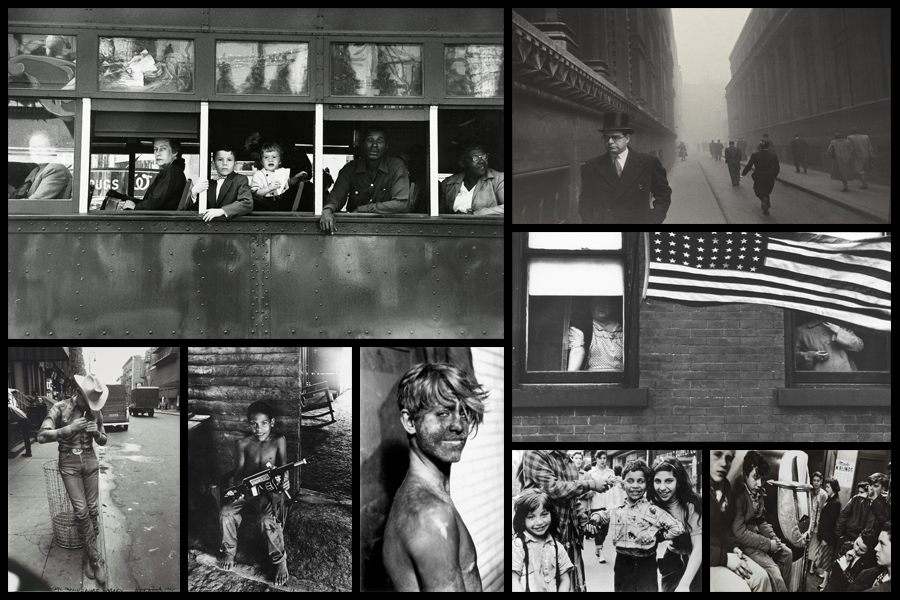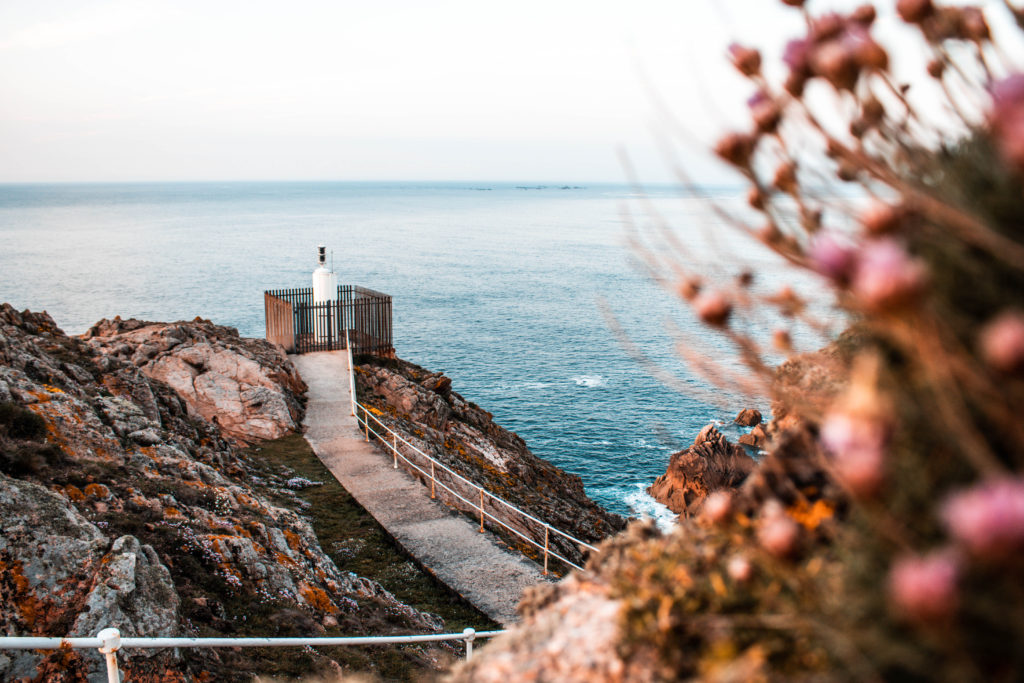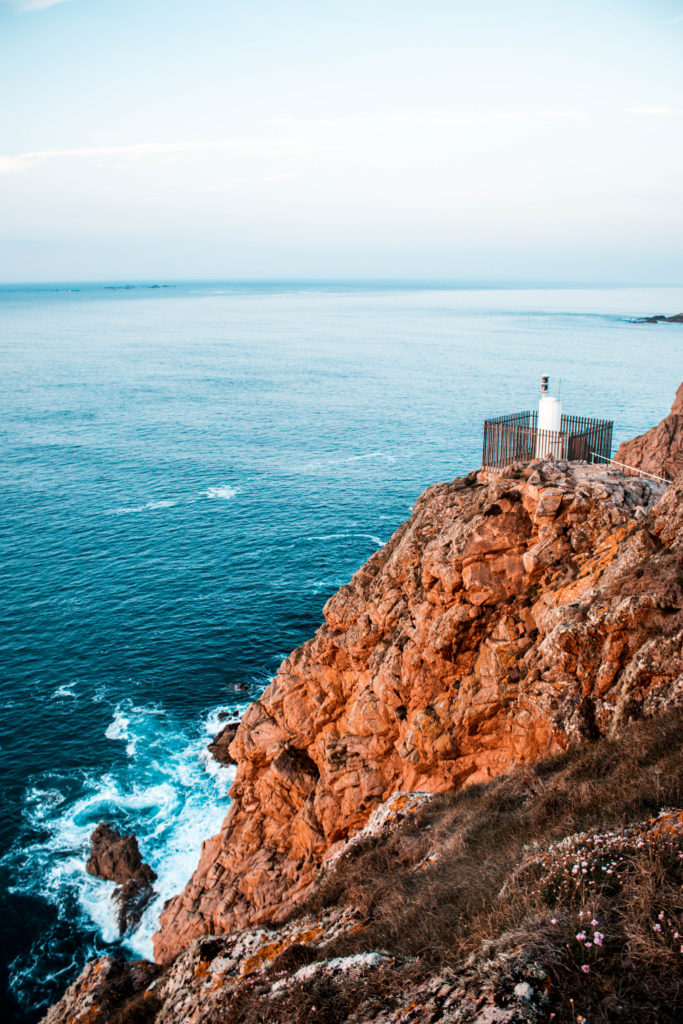Old Fashioned Advertising
In the past messages about beauty ideals and perfection were obviously promoted to women in advertising for various products. To sell products companies link their brand with a desired look or lifestyle that their customer is looking to achieve, if they believe that buying this product will help them to reach their goals they are more likely to purchase it. Bold statements were used such as “this is no shape for a girl” “great look great body great lash mascara” “how attractive are you on the beach” to target the audiences insecurities directly and make a clear message about the benefits of the product. Although these are old methods of advertising that we would think are now outdated in many ways the same ideas are used in less obvious ways.
Modern Advertising
Modern advertising has a way of being incorporated into every aspect of out lives, there is almost no way to live without being impacted by the messages pushed at us through advertisements. Since the rise of the internet advertising techniques have changed drastically. whilst before they would have been printed in magazines, on posters, billboards TV and Radio they now now have ways of targeting individuals directly. Through the use of HTTP cookies, data is gathered when sent between the website and the users device. They were designed to remember information and interactions users make on the internet, recording their browsing history. this data is bought by advertising companies who use it to specialise and target products towards appropriate customers. Adverts will then appear on various websites, social media platforms and videos.
When looking on my own Instagram to see what products and services were being targeted towards me I found many adverts specific to where I live proving just how much information is collected and used. I also saw a lot of sponsored posts for clothes and beauty products such this teeth whitening kit. This style of modern advertising is more subtle, integrating it into your newsfeed often I will scroll past them without questioning the subliminal messages they are communicating about how purchasing these products is the answer.
On the other hand some commercials and campaigns have started to represent a more versatile group of people, due to the media companies are coming under more scrutiny to more on from traditional beauty ideal and show real people in their adverts.
Barbara Kruger
Barbara Kruger, an artist from New Jersey who worked as graphic designer and art director for various magazines created a collection focusing on power struggles mainly for women. By layering photographs she found in existing magazines with aggressive slogans such as “I shop therefore I am” written in white over red boxes to stand out from the black and white backgrounds. They are deigned to imitate the deigns and messages behind real adverts that shout messages at the consumer, and question the viewer about feminism, classism and consumerism. Her work has appeared on billboards, buscards, posters and train stations to further imitate the conventions of advertisements.
Extension rebellion
I also want to look into culturally relevant issues and how they are being publicised, Extinction Rebellion, a current movement against climate change, and the extinction of life due to biodiversity loss and ecological collapse. So far the activists from all walks of life have nonviolently protested in major cities around the world in hope to disrupt daily life and gain awareness from the public and government, some have taken extreme actions to get attention for the cause with over 1,000 people arrested so far. They have a bold memorable logo which is a mix of a cross and a sand timer to symbolise how time is running out for us to change our habit and reverse the effect of climate change. The colour green has been their focus for more of their posters and signs because of its clear links will nature and sustainability along with bold black writing reminiscent of Barbara Kruger’s work and similar persuasive adverts. The middle image shows how the group is using extreme emotive method to display the seriousness of the cause.
Personal Response
After looking at these various advertising methods used to persuade audience into purchasing product or believing in an idea I want to incorporate similar concepts into my work. I have considered adding emotive and brutal phrases into the magazine that go with the idea of beauty ideals and perspectives towards achieving perfection. I also want to create a series of images in the form of modern advertising for example, sponsored ads on social media, posters and product packaging. These will go alongside the magazine to display the idea of how we see messages around this ideal all around us on a daily basis.










